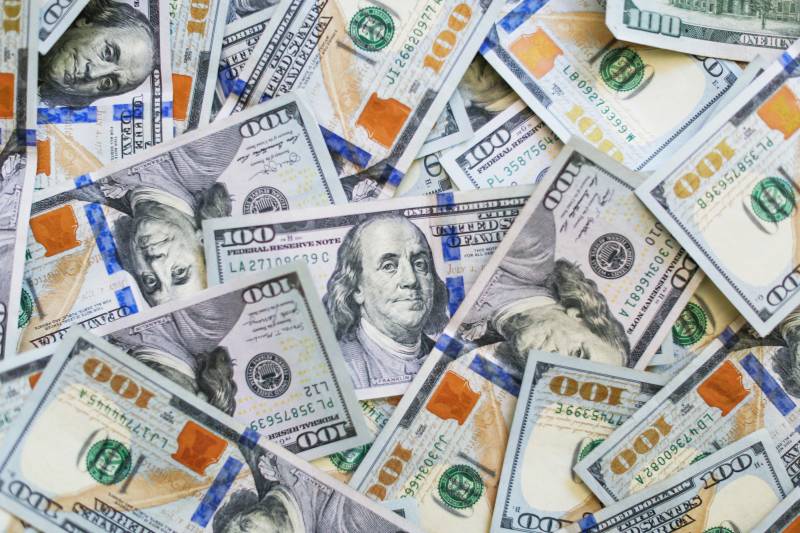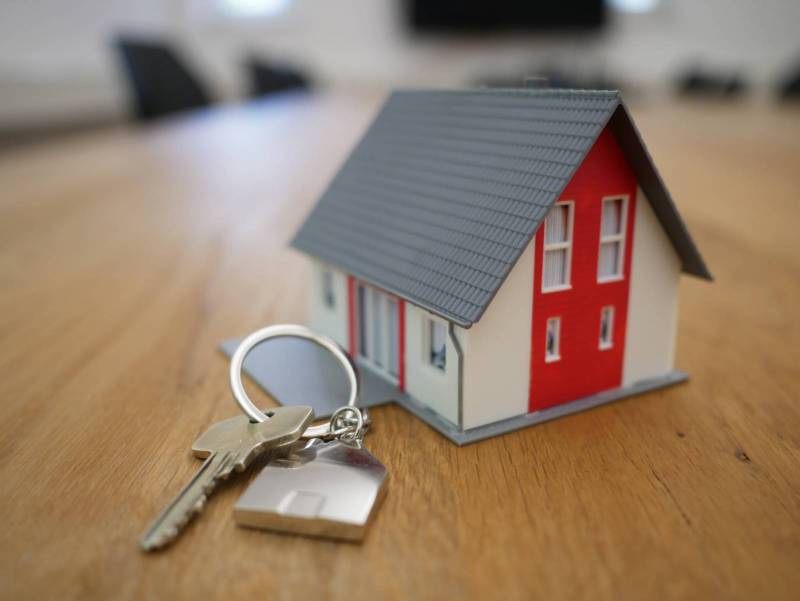CARES Act
As this pandemic continues to impact our economy, many homeowners are finding themselves in the difficult situation of not being able to pay their mortgage. Fortunately, the government stepped in and created the CARES Act. This federal legislation was signed into law on March 27, 2020. It mandates that mortgage servicers provide options to homeowners in need of mortgage relief due to the impacts of Covid-19. Along with providing these options, it is further agreed that homeowners seeking assistance will 1) not be charged late fees, 2) not have late payments reported to the credit bureaus, and 3) Servicers will not initiate foreclosure proceedings. All loan types do not fall under the CARES Act. Only federally or GSE-backed mortgages fall under these guidelines. Those include Fannie Mae, Freddie Mac, FHA, VA, and USDA, which are the most widely known by the general public. The other loans are part of the private sector but may still participate by adopting the same government guidelines or developing their own relief guidelines. Therefore, it’s important for homeowners to know what type of loan they have and to check with their mortgage servicer to see if a non-government backed lender is participating in any type of mortgage relief.
Tip: There are loan lookup tools on websites, but the easiest and surest way to find out what type of loan you have or who the investor is that owns your loan is to contact your mortgage servicer and simply ask.

Photo by Giorgio Trovato on Unsplash
Forbearance
A forbearance is an urgent and temporary means of assistance where servicers are allowing homeowners an initial period of 90 to 180 days of suspended mortgage payments. At the end of the initial period, if necessary homeowners can request an extension. Currently the max forbearance is 360 days. Request for a forbearance is done quite easily with minimal paperwork and criteria to meet. Mainly servicers are verifying there’s a Covid induced financial hardship.
A forbearance is NOT a forgiveness of payments; the responsibility to pay principal, interest, taxes, and insurance always remains with the homeowner. Regardless of the provided suspension, all of it will need to be paid at some point in time. Think of it as a credit card. Forbearance month after month is like a credit card bill mounting month after month. The more payments you miss, the larger the balance keeps growing. The difference is, with a credit card, you could attempt a settlement or have it stripped in a bankruptcy, but those are both things you cannot do with a mortgage forbearance. This is why opting into a forbearance should only be done on a NEED TO basis, and homeowners need to understand what they are opting into.
Tip: We are in unprecedented times in which no one truly knows when things will start to get back on track. Therefore, it’s likely that these timelines will continue to be extended as long as Covid continues to impact the economy and the financial ability of homeowners to pay their mortgages.

Photo by Jordan Whitt on Unsplash
Commonly mortgage payments include money that goes into an escrow or impound account that is used to pay for property taxes and homeowners’ insurance. These loans get reconciled once per year to ensure sufficient funds are collected for servicers to keep the property taxes and insurance paid. In a forbearance, there’s no money going into the escrow account to pay for these things. Therefore those get added onto your tab, or the servicer can require that you at least pay for those. Keep in mind this was expected to be temporary and was something that was quickly put into effect with no one knowing how long this pandemic will last. As time goes by, and the next tax installment or insurance premium comes due with no funds left in the escrow account, lenders and homeowners will need to settle who these will be paid by.
Tip: If in a forbearance, pay as much as you can each month to help alleviate the end amount that will be needed to reinstate the loan. E.g. if your normal mortgage payment is $2000, and your income during Covid allows room for a $1000 payment, then pay it.
End of Forbearance Period
What happens at the end of a forbearance period? Homeowner options are as follows:
- Extend forbearance until current maximum allowable days of 360.
- Payoff all the suspended payments in one lump sum, therefore reinstating the loan fully.
- Work out a repayment plan. Note, this will mean you go back to paying your normal monthly payment plus an additional amount to pay down total balance of how many payments were suspended until all the missed payments are paid in full.
- Loan modification or Deferral can be worked out with servicer dependent upon both investor guidelines and homeowner hardship. At this point, servicers will require more financial documentation from homeowners to see what type of modification they would qualify for. If homeowners are not in the position to repay back the suspended payments as a lump sum or in installments, they could defer their balance to the end of the loan. A deferment becomes due at the end of the loan term as a balloon payment. It is not to be mistaken that a deferment will, for example, extend your 30-year loan to 32 years. The loan will still need to be paid under original loan terms when one took out the mortgage, so when the clock strikes that 30-year marker, if the deferred balance was not paid down over the loan term, it will be due in one lump sum.

Photo by Tierra Mallorca on Unsplash
Recovery
We are in unprecedented times, and the road ahead looks full of recovery for many. The mortgage relief options being offered now were enacted upon an urgent and immediate need due to Covid-19. Repercussions are just as unknown as to where this pandemic will leave us. Is it realistic to expect a homeowner to suddenly payoff multiple months’ worth of payments at once? Is it realistic for them to suddenly jump into paying their normal payment plus an additional amount to pay off a forbearance? Will government intervention continue, and will it evolve to meet homeowner needs?
After the housing crisis of 2008 that endured for years to follow, we were fortunate for the government to also step in enacting programs such as HAMP (Home Affordable Modification Program), which helped people modify their mortgages down to more affordable payments, and HAFA (Home Affordable Foreclosure Alternatives) which helped people avoid foreclosure, liquidate their homes, and even receive relocation assistance to restart their lives. Despite the many people these programs helped, there were many that ended in foreclosure, and many that lost their homes because they were deemed not eligible. I don’t know what the future holds, and with extremely low interest rates, low housing inventory, and climbing home prices, all seems to be going in the opposite direction of what was imagined. But with businesses closing, jobs shed, and furloughs prevalent, I can’t help but worry that so many homeowners are suffering, and what will happen when the assistance ends or isn’t enough.
As a Real Estate Agent since 2005, I found my passion when I became a Short Sale Negotiator in 2012. Although I work with all types of Buyers and Sellers, I specialize in working with homeowners facing hardship. Our homes can be our biggest asset, but they can also become our largest liability and deficit. If you are facing financial hardship and are unable to pay your mortgage, please don’t hesitate to contact me and discuss your options.


Leave your opinion here. Please be nice. Your Email address will be kept private, this form is secure and we never spam you.